Every teacher understands that children approach learning in different ways. Celebrating that difference rather than ignoring it is absolutely essential to creating impactful lessons that engage every student. Based on scientific insights into how people learn, Universal Design for Learning is a framework which can be used to redesign learning at its very core – meaning it is inclusive for every individual child. This set of guidelines can be applied to any discipline or domain so that all learners can access and join engaging, meaningful and challenging learning opportunities. UDL aims to remove barriers to learning, not simply make exceptions.
Shifting away from a ‘one size fits all’ approach towards this more transformative method gives children more choice about the way they learn. This allows them to play to their strengths and have the support they need to face any trials that arise. Should UK schools choose to adopt this approach when designing their digital strategies and curriculum, they would be able to deliver teaching and learning that supports diversity of culture and experiences as well as interests and language. Individual needs would be placed at the core of this approach.
 Inclusion by design
Inclusion by design
The UDL framework revolves around three key principles of learning: engagement, representation and expression. Addressing these areas can improve and optimise teaching and learning for all, creating a more inclusive and efficient environment. In these three areas, flexibility and opportunity are key considerations.
When it comes to engagement, there are myriads of sources that can influence each student. These include neurology and background knowledge, as well as a variety of other factors. There is no such thing as one size fits all when motivating and engaging learners. Teachers must consider the context, interests and the needs of their students as individuals to support multiple means of engagement.
Learners also differ in the ways that they perceive and understand information that is presented to them. Those with sensory challenges or learning differences; language or cultural perspectives, may need different ways of approaching content. For example, just 5.1% of pupils in the UK are identified as dyslexic but it is estimated this could be as high as 17% – well over one million pupils. As a result, some students grasp information quicker or more efficiently through means other than printed text. Text-to-speech features in tools such as Read&Write are effective in letting students learn more independently – helping provide different routes to learning and increasing key skills such as comprehension.
Transforming learning through technology
 Technology can help students to understand and be understood, fast-tracking their learning. Handwriting is a cause of stress for many younger students. Software programmes that help with writing prose can alleviate some of the pressure. This allows them to go back and check their work for spelling and grammar along the way. But this also extends to specific education technology that has transformed the way in which we learn.
Technology can help students to understand and be understood, fast-tracking their learning. Handwriting is a cause of stress for many younger students. Software programmes that help with writing prose can alleviate some of the pressure. This allows them to go back and check their work for spelling and grammar along the way. But this also extends to specific education technology that has transformed the way in which we learn.
For all students, ‘speak to type’ software can help express words while learning online – or by using ‘text to speech’ to aid comprehension, or provide alternative ways to study, revise and learn. These ‘assistive’ technology tools can be used to scaffold and support learners at school and at home, providing the multiple routes outlined in the Universal Design for Learning framework.
Finally, it is vital that these kinds of tools are provided to everyone, not just those with identified learning differences. Embedding the use of these tools into the culture of learning across the curriculum will optimise the learning experience. This empowers everyone to create their own unique roadmap through education.
To achieve this, approaching learning with inclusion at its very centre using the UDL framework will help us remove the barriers we all know exist, and also ensure we remove the invisible barriers we simply don’t see.
Mr Patrick McGrath, Head of Education Strategy, The Texthelp Group
